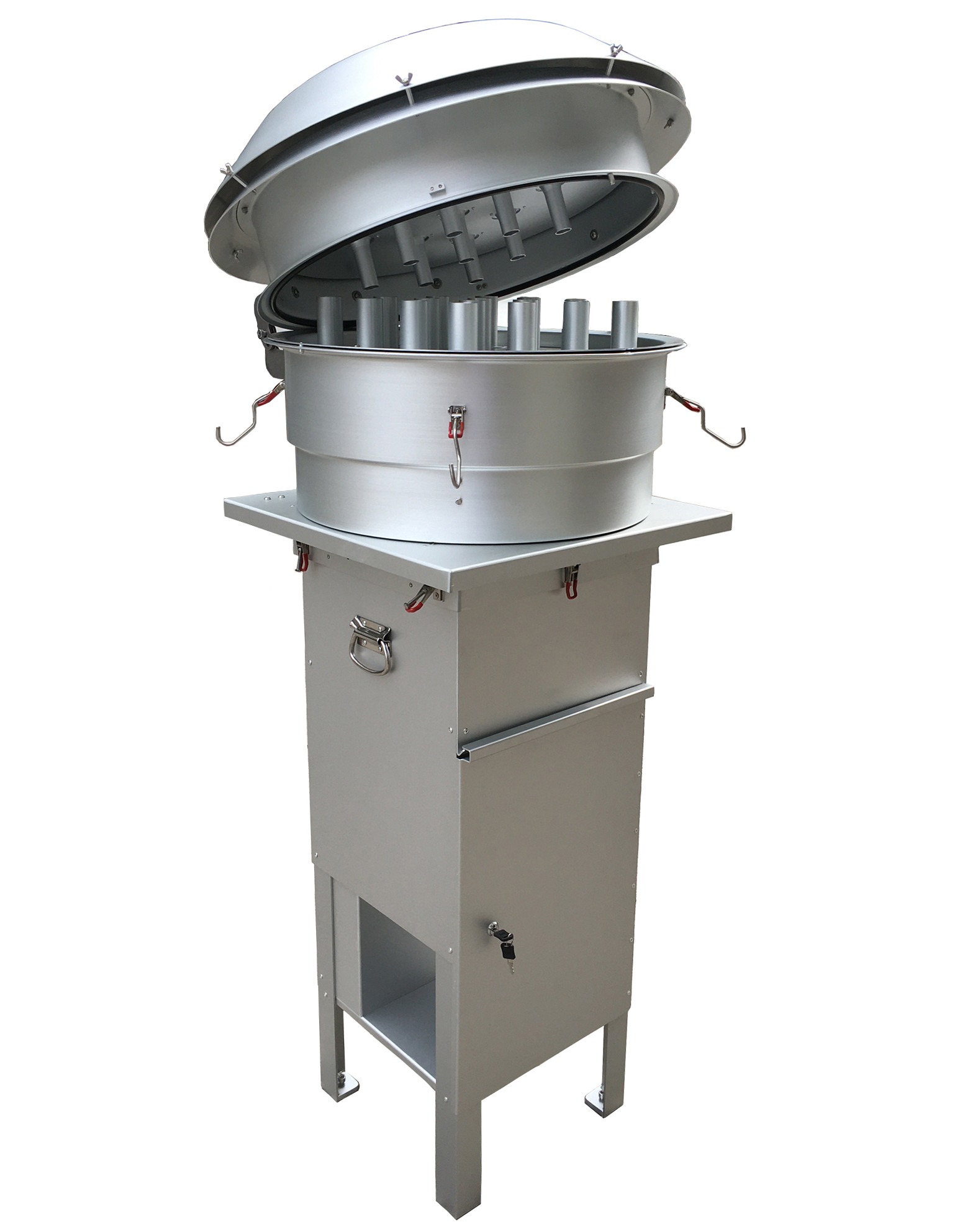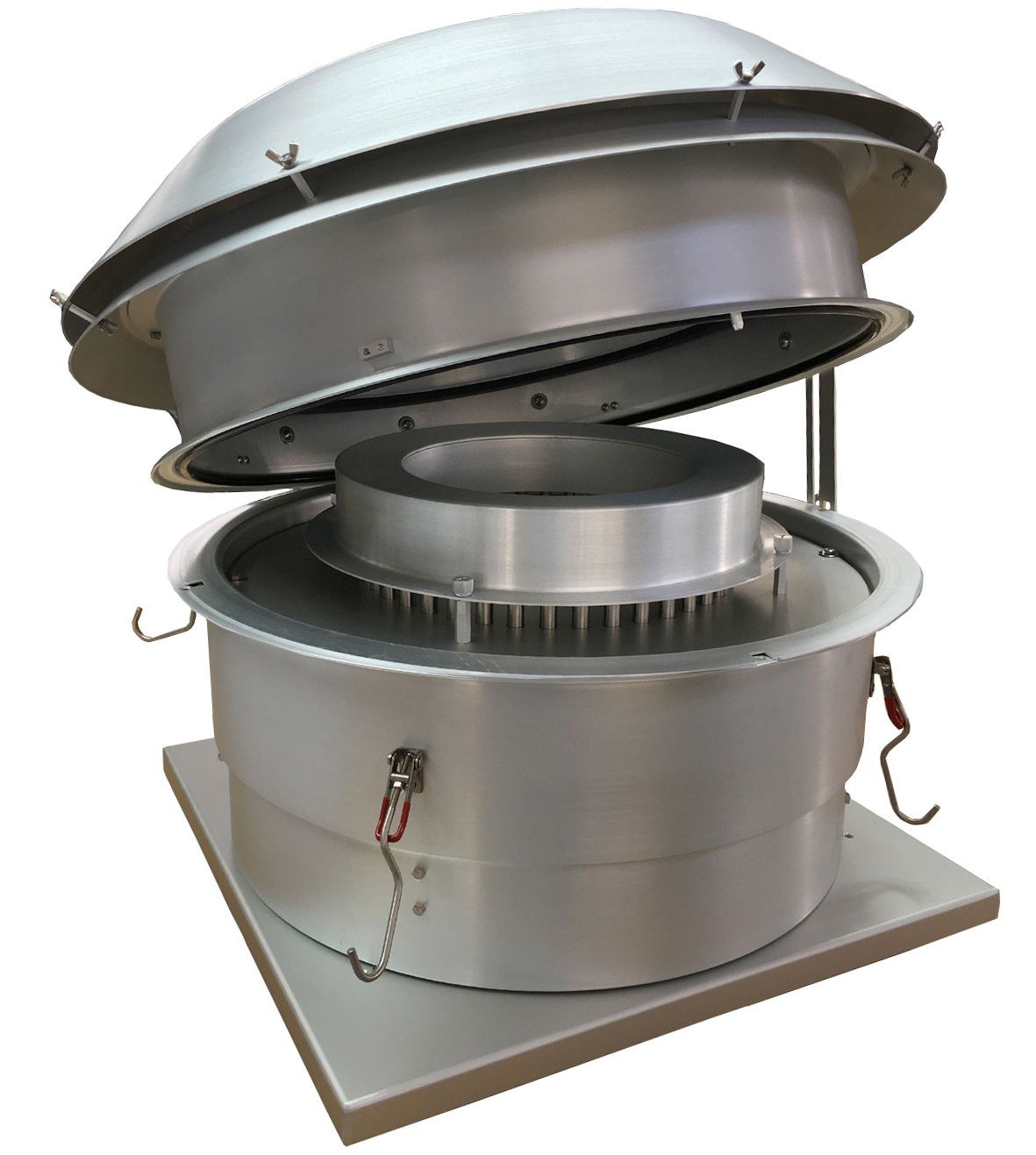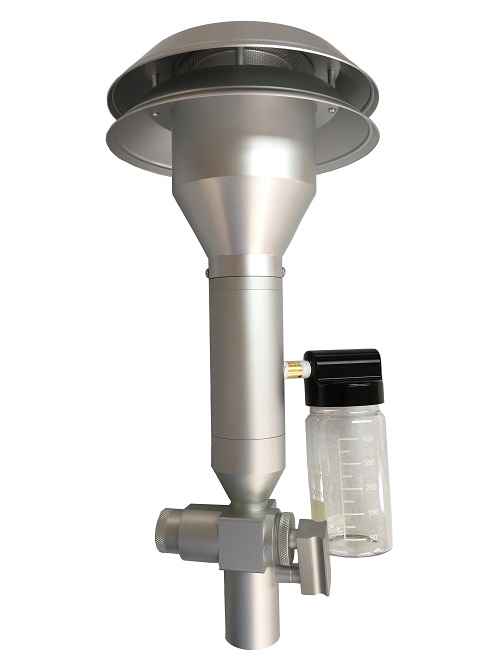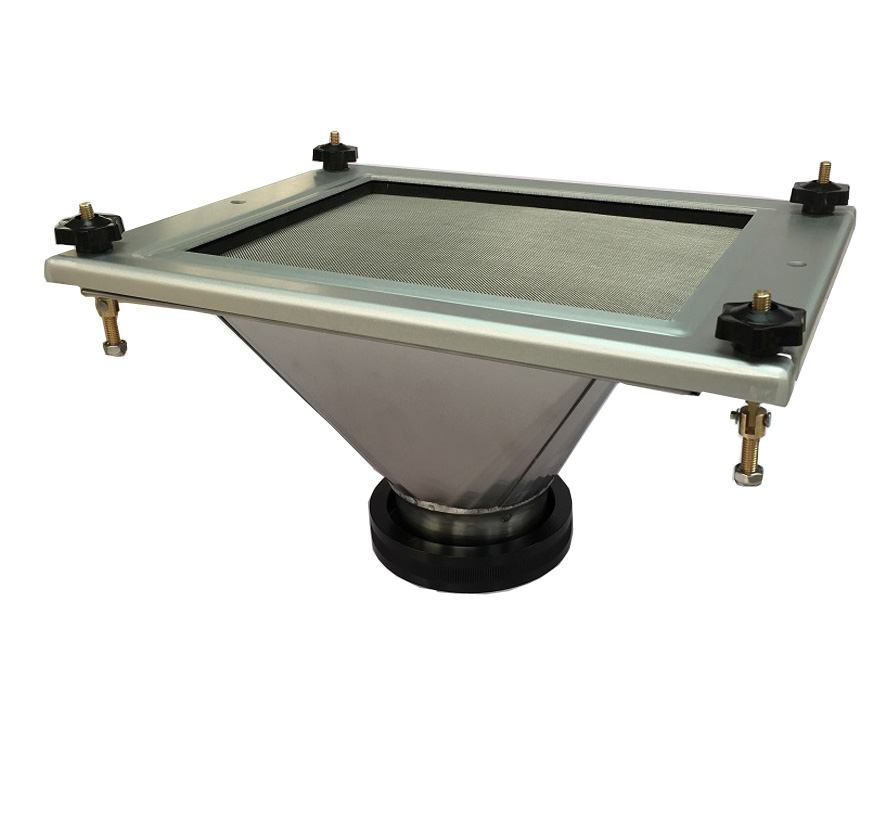Outdoor air quality is a critical aspect of environmental health, and monitoring pollutants in the air is essential to assess and address potential risks to human health and the environment. High-volume air samplers play a crucial role in this process, allowing scientists and environmental professionals to collect and analyze air samples for various pollutants. In this article, we will look at the methods and importance of outdoor high-volume air samplers in monitoring and maintaining air quality.
Purpose Of High-Volume Air Samplers
High-volume air samplers are designed to collect large volumes of air over a specified period. This is particularly important when monitoring low concentrations of pollutants or when a comprehensive analysis of air quality is required. These samplers are often used in outdoor settings to assess air quality and detect pollutants such as particulate matter, gasses, and other airborne contaminants.

Components Of High-Volume Air Samplers
Intake System
The sampler begins its operation with an intake system designed to capture a large volume of air. This is often accomplished by the use of a high-flow intake that takes in air from the surrounding environment. The size and design of the inlet are crucial to ensure an accurate representation of the ambient air.
Filter Or Collection Medium
Pollutants are caught as the collected air goes through a filter or other collection medium. The filter material is chosen based on the specific contaminants of concern. Particulate matter, for example, may require a different type of filter than gaseous pollutants.
Sampling Pump
To move air through the system, a strong sampling pump is used. This pump collects a large volume of air, allowing the detection of even small levels of contaminants. The flow rate is carefully calibrated to meet regulatory standards and research requirements.

Flow Control System
To maintain a consistent and accurate flow rate, high-volume air samplers incorporate flow control systems. These technologies guarantee that the air collected is typical of the surrounding environment, resulting in trustworthy data for study.
Operating Principle
The operating principle of high-volume air samplers involves the controlled extraction of air from the environment through the intake system. Pollutants are caught as the air travels through the collection medium. The sample pump keeps the flow constant, and the flow control system assures accuracy throughout the sampling duration.
Applications Of High-Volume Air Samplers
Air Quality Monitoring
High-volume air samplers are the cornerstone of air quality monitoring programs worldwide. Deployed in urban, suburban, and industrial areas, these samplers help quantify the concentrations of various pollutants, including particulate matter (PM10 and PM2.5), nitrogen dioxide (NO2), sulfur dioxide (SO2), ozone (O3), and volatile organic compounds (VOCs). The data obtained by continuous air quality monitoring serves to determine compliance with air quality standards and regulations.
Research And Studies
Environmental researchers use high-volume air samplers to undertake in-depth studies on the distribution, origins, and long-term trends of air contaminants. These studies contribute valuable insights into the dynamics of air quality, helping scientists understand the impact of human activities, industrial emissions, and natural sources on the atmosphere. The collected data also plays a crucial role in shaping public health policies and guidelines.
.jpg)
Source Apportionment
High-volume air samplers are instrumental in source apportionment studies, which aim to identify and quantify the contributions of different pollution sources in a given area. Researchers can identify pollution from particular anthropogenic or natural sources by studying the chemical makeup of particulate matter or gases. This data is useful for developing targeted emission reduction measures and controlling pollution at its source.
Health Impact Assessments
High-volume air samplers aid in health impact evaluations by giving information on the amounts of air contaminants known to be harmful to human health. Epidemiological studies often rely on air quality data collected by these samplers to establish associations between exposure to specific pollutants and the prevalence of respiratory diseases, cardiovascular problems, and other health issues.
Conclusion
Outdoor high-volume air samplers are critical in our attempts to comprehend and reduce the effects of air pollution on human health and the environment. If you are looking for high-quality air samplers, T4 AIR SAMPLER is ideal for you. We are a professional air sampler supplier, offering a wide range of air samplers. Therefore, click the link and browse our website for more product details now!
FAQs
1. FAQ: How often should outdoor high-volume air samplers be deployed?
Answer:
The frequency of deploying outdoor high-volume air samplers depends on the specific goals of the monitoring program or study. In routine air quality monitoring, continuous deployment is common to capture daily and seasonal variations. However, for short-term studies or targeted assessments, samplers may be strategically deployed for specific durations. Regular calibration and maintenance checks ensure the reliability of the collected data over time.
2. FAQ: What pollutants can be detected by high-volume air samplers?
Answer:
High-volume air samplers are versatile tools capable of detecting a wide range of pollutants. Commonly monitored pollutants include particulate matter (PM10 and PM2.5), nitrogen dioxide (NO2), sulfur dioxide (SO2), ozone (O3), carbon monoxide (CO), and volatile organic compounds (VOCs). The specific pollutants of interest can vary based on regulatory requirements, research objectives, and local environmental concerns.
3. FAQ: How do high-volume air samplers contribute to air quality regulation?
Answer:
High-volume air samplers play a pivotal role in air quality regulation by providing accurate and reliable data on pollutant concentrations. Regulatory agencies use this data to assess compliance with air quality standards and develop policies aimed at reducing emissions from industrial sources, transportation, and other pollution contributors. The information collected by samplers is instrumental in formulating effective strategies to improve air quality and protect public health.


.jpg)

